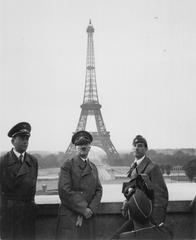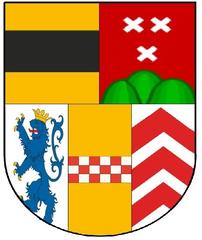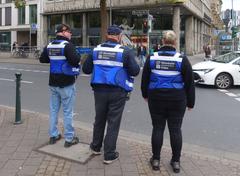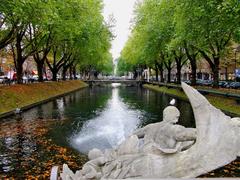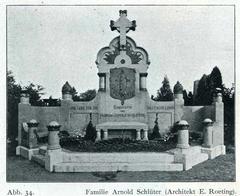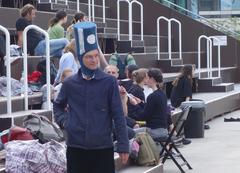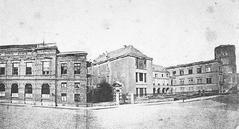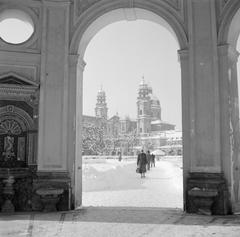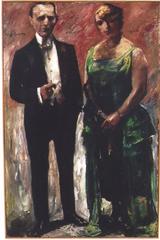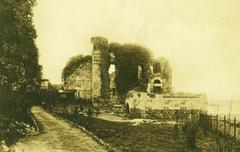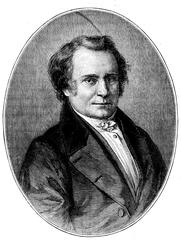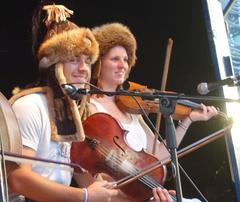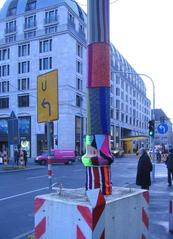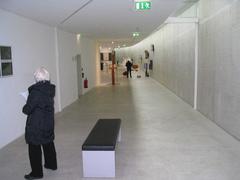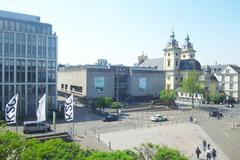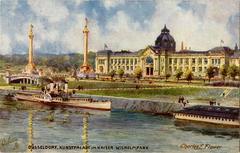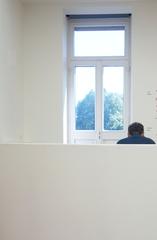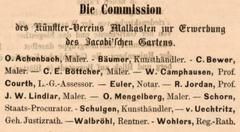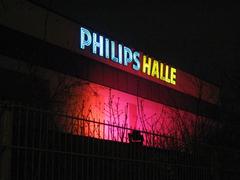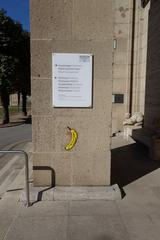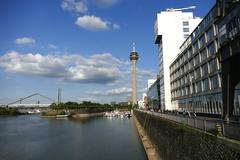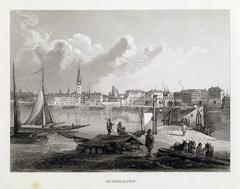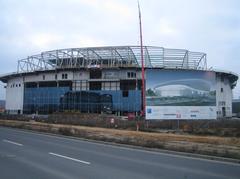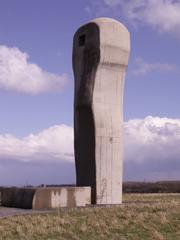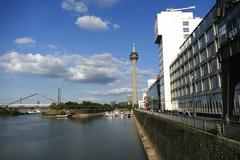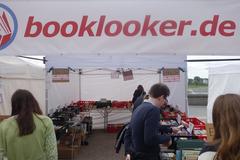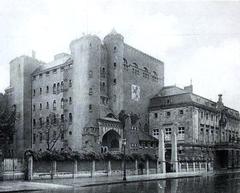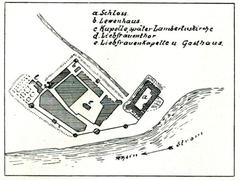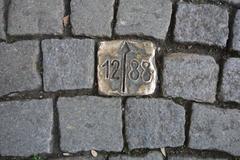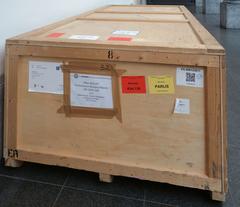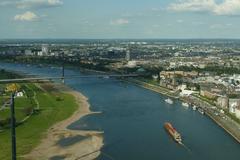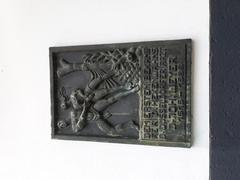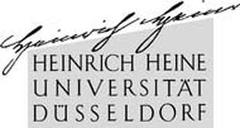
Rathaus Düsseldorf Visiting Hours, Tickets, and Historical Sites Guide
Date: 04/07/2025
Introduction: History and Cultural Significance
Nestled at the heart of Düsseldorf’s Altstadt, the Rathaus Düsseldorf is a striking symbol of the city’s rich historical tapestry and enduring civic spirit. Originating in the late 16th century, with the “Altes Rathaus” built between 1570 and 1573, this Renaissance masterpiece marked Düsseldorf’s rise as an urban center in the Duchy of Berg. Over time, the Rathaus complex expanded, integrating Baroque and Wilhelminian elements, and now comprises three interconnected buildings. Its ornate facades, grand halls, and layered architectural styles narrate the city’s evolution and resilience, especially following its restoration after World War II.
Today, the Rathaus remains the seat of municipal governance and plays a central role in civic celebrations such as the Düsseldorf Carnival and Christmas markets. Its location on Marktplatz places it amid other significant landmarks, including St. Lambertus Church and the Schlossturm museum, making it a focal point for both locals and visitors. This guide provides comprehensive details on visiting hours, tickets, accessibility, architectural highlights, and nearby attractions, ensuring you make the most of your visit to this storied site (Düsseldorf tourism website, Time Out Düsseldorf).
Table of Contents
- Origins and Early Development
- Architectural Evolution
- Wartime Destruction and Restoration
- Civic and Cultural Significance
- Artistic and Architectural Highlights
- Urban Context
- Visiting Information: Hours, Tickets, Accessibility
- Nearby Attractions
- Frequently Asked Questions (FAQ)
- Travel Tips
- References
Origins and Early Development
The Rathaus Düsseldorf traces its beginnings to the late 16th century, representing the city’s transformation from a riverside settlement to a significant urban hub. The “Altes Rathaus” was constructed on the north side of Marktplatz and distinguished by its Renaissance architecture, which introduced decorative brickwork and elaborate ornamentation to the city’s public buildings (Time Out Düsseldorf).
Architectural Evolution
Over centuries, the Rathaus complex expanded to include three interconnected structures:
- Altes Rathaus: The original Renaissance building, renowned for its brick façade and decorative hand railings.
- Wilhelminian Addition: Built in the late 19th to early 20th century, this section features historicist architecture with a formal, imposing character.
- Grupello House: Integrated into the complex in later years and named after the Baroque sculptor Gabriel de Grupello, this building adds further artistic depth.
The architectural blend of Renaissance, Baroque, and Wilhelminian styles encapsulates Düsseldorf’s evolving tastes, resilience, and civic pride (worldcitytrail.com, wideworldtrips.com).
Wartime Destruction and Restoration
Like much of the city, the Rathaus suffered significant damage during World War II. Meticulous restoration efforts in the postwar years prioritized historical authenticity, recreating Renaissance details and preserving Baroque elements. These efforts underscore Düsseldorf’s commitment to safeguarding its heritage while adapting to modern needs (Time Out Düsseldorf, auslanderblog.com).
Civic and Cultural Significance
The Rathaus has consistently served as the city’s administrative core, hosting council meetings, official events, and public gatherings. Its prominent location on Marktplatz, next to the famed Jan-Wellem equestrian statue, makes it a focal point for civic celebrations, including Karneval and the Christmas markets (germanywithamy.com, adventurebackpack.com).
The building is also a preferred venue for ceremonies such as civil weddings, honorary awards, and receptions, reinforcing its role as a living monument of civic identity (travelsetu.com).
Artistic and Architectural Highlights
- Façade and Ornamentation: The Rathaus’s exterior features pilasters, cornices, and detailed reliefs in sandstone and brick. Its gabled roofs and dormer windows enhance its historic character.
- Jan-Wellem Statue: Crafted in 1711 by Gabriel de Grupello, this Baroque equestrian statue honors Elector Johann Wilhelm II and stands as a cultural icon (germanywithamy.com).
- Grand Halls and Staircases: Inside, visitors find stucco ceilings, wood paneling, and grand Baroque staircases. The Heine Room and Baroque Gallery display historical artifacts and artworks.
Urban Context
Situated in Düsseldorf’s pedestrian-friendly Altstadt, the Rathaus anchors the city’s historical center, contrasting with modern architectural developments like the MedienHafen district and Frank Gehry’s Neuer Zollhof (visitduesseldorf.de, thecrazytourist.com).
Visiting Information: Hours, Tickets, Accessibility
Visiting Hours
- Monday to Friday: 9:00 AM – 5:00 PM
- Saturday: 10:00 AM – 4:00 PM
- Sunday/Public Holidays: Closed
Special hours apply during festivals and public events. Always check the official Düsseldorf tourism website for current times.
Tickets and Guided Tours
- General Entry: Free to most public areas.
- Guided Tours: Available for a fee (typically €5–€10 per person; reduced rates for students/seniors). Tours last about 45 minutes and cover architectural highlights and historical exhibits. Advance booking is recommended.
- Children under 12: Usually free for guided tours.
Accessibility
- Wheelchair Access: Ramps and elevators available throughout the Rathaus.
- Restrooms: Accessible toilets and cloakrooms on-site.
- Assistance: Staff trained to help visitors with special needs.
Facilities
- Information Desk: Multilingual staff and brochures.
- Gift Shop: Souvenirs related to Düsseldorf’s history.
- Wi-Fi: Free public Wi-Fi in the Rathaus and Marktplatz.
Nearby Attractions
- St. Lambertus Church: Gothic church known for its twisted spire.
- Schlossturm (Castle Tower): Maritime museum and historic landmark.
- Altstadt: Bustling district with bars, restaurants, and unique shops.
- Königsallee: Elegant shopping boulevard nearby.
- Rhine Promenade: Scenic riverwalk connecting several city highlights (reiseuhu.de, visitduesseldorf.de).
Visitor Experience: What to Expect
- Museum and Exhibitions: Rotating and permanent displays on Düsseldorf’s civic history and notable citizens.
- Guided and Self-Guided Visits: Tours offered in multiple languages. Information panels and digital guides available for self-guided exploration.
- Photo Opportunities: Marktplatz, the Jan-Wellem statue, and the Rathaus façade are prime spots for photography, especially during festivals and at sunset.
Travel Tips
- Best Time to Visit: Weekday mornings for fewer crowds.
- Peak Events: Christmas markets (December), Carnival (February/March), and the Rheinkirmes (July) create a festive atmosphere but attract larger crowds.
- Advance Booking: Recommended for guided tours, group visits, and special exhibitions.
Frequently Asked Questions (FAQ)
Q: What are the opening hours of Rathaus Düsseldorf?
A: Typically Monday–Friday, 9:00 AM–5:00 PM; Saturday 10:00 AM–4:00 PM; closed Sundays and holidays.
Q: Is there an entrance fee?
A: General access is free. Guided tours and special exhibitions usually require a ticket.
Q: Are guided tours available in English?
A: Yes, tours are offered in German and English. Booking in advance is recommended.
Q: Is the Rathaus accessible for wheelchair users?
A: Yes, ramps, elevators, and accessible restrooms are available.
Q: Where can I park?
A: Nearby garages include “Unteres Werft” and “Scheibenstraße,” both within a 10-minute walk.
Q: Can I take photographs inside?
A: Non-flash photography is permitted in most public areas; restrictions apply during certain events.
Summary and Key Takeaways
Rathaus Düsseldorf is a cornerstone of the city’s historical identity, blending Renaissance, Baroque, and Wilhelminian architecture. Its central location, accessible facilities, and engaging events make it a top cultural and civic destination. Whether attending a guided tour, enjoying the vibrant Marktplatz, or exploring nearby attractions, a visit to the Rathaus offers an immersive experience in Düsseldorf’s storied past and dynamic present.
For the latest information on visiting hours, tickets, and guided tours, consult the Düsseldorf tourism website, and consider downloading the Audiala app for insider tips and audio guides.
References and Further Reading
For more insights into Düsseldorf’s historical and cultural landmarks, download the Audiala app and follow our social media channels for the latest news, events, and travel inspiration.






























